News 4/24/14
Greenway Health President Matt Hawkins is leaving the company to pursue “an exciting new leadership position outside of the company,” according to an email sent to Greenway customers Tuesday. The departure of Hawkins, who was CEO of Vitera Healthcare prior to the Greenway/Vitera merger, could be unsettling for any Intergy customers already concerned about Greenway’s long term product strategy. I emailed the company for a comment but have not yet received a response.
Athenahealth resigns from the HIMSS Electronic Health Records Association (EHRA) trade association saying it “never really belonged” since it is neither an EHR company nor a software vendor. In a company blog post, Dan Haley, athena’s VP of government affairs, says that because many EHRA members are unable to meet MU timelines and standards, the organization “consistently urges slower timelines, delayed deadlines, and lower bars” than athena. Given the collaborative ideals of EHRA, I think athenahealth might have been better served to simply say, “we aren’t a good fit” rather than throwing in the disparaging comments.
American Health Network goes live on eClinicalWorks Care Coordination Medical Record for population health management to manage its three ACOs in Ohio and Indiana.
First Med Urgent Care (OK) will implement DocuTAP’s PM and EMR software.
The 37-provider Integrated Medical Alliance (NJ) selects Emmi Solutions to provide multimedia programs for patient engagement.
Forbes profiles Surescripts and its evolution from an “alliance of foes” to its current status as the dominant e-prescribing network. I vaguely knew that the company had been involved in a few mergers over the years but hadn’t realized the extent to which its success is based on the alignment of adversaries. Forbes notes that EHR vendors, who have traditionally been reluctant to facilitate the exchange of patient information, could possibly learn a lesson or two from Surescripts and its creators.
The AMA reminds providers to pre-order the 2015 edition of the ICD-9 codebooks, leading me to contemplate the wide-sweeping impact of the ICD-10 delay. Both providers and vendors are having to reassess everything from training and staffing to marketing and product development. I’m thinking if I were an ICD-10 coding expert I wouldn’t mind having another skill in my back pocket, at least for the short term.
McKesson Business Performance Services adds outpatient and inpatient facility coding services to its coding and compliance portfolio of services.
Navicure adds 300 new clients representing 1,225 providers in the first quarter and posts a 19 percent increase in revenues versus a year ago. Recently added customers include Nemours Children’s Health System (NJ), Western Psychological and Counseling Services (WA), and Arizona Digestive Health (AZ).
Athenahealth reports that 95.4 percent of its participating providers successfully attested for MU Stage 1 in 2013. CMS will release overall industry attestation rates in the next month.
ZirMed introduces Clinical Link, a HIPAA-compliant secure messaging tool that enables ZirMed users to exchange messages and clinical documents with other provider organizations, regardless of their EHR or PM system.

CVS MinuteClinic says it has surpassed 20 million patient visits since opening its first store-based clinic in 2000 and expects to add 150 new clinic locations in 2014.
HHS says two entities have collectively paid almost $2 million to resolve potential HIPAA violations following the theft of unencrypted laptop computers.
Email Inga.

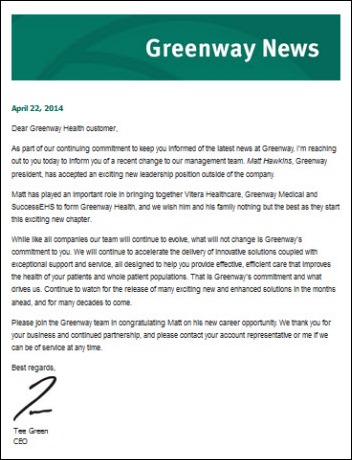



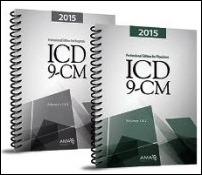





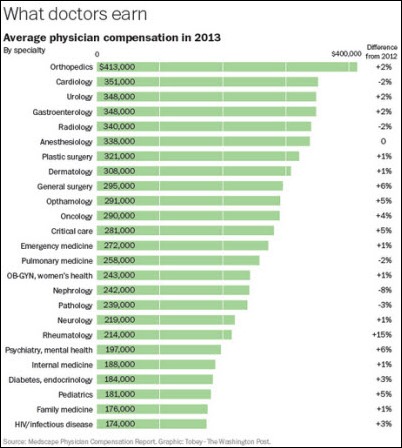

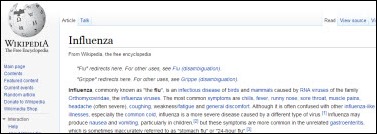





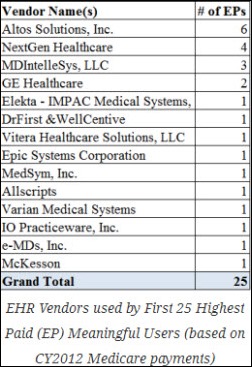
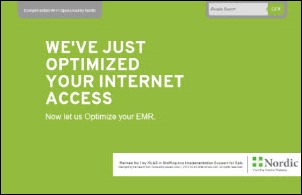
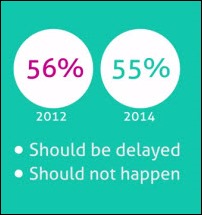

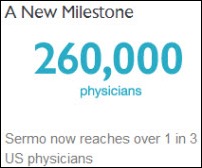

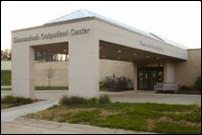

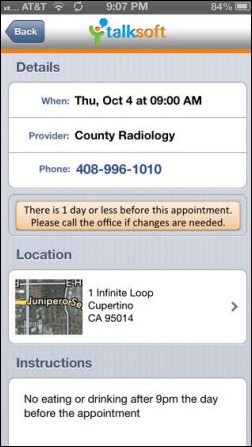
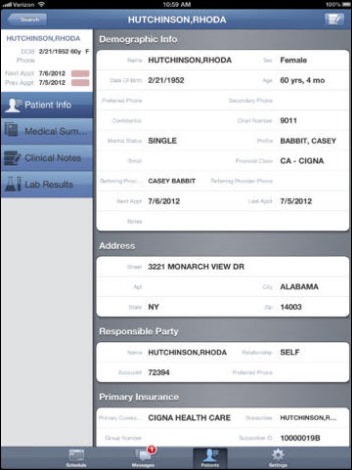


The article about Pediatric Associates in CA has a nugget with a potentially outsized impact: the implication that VFC vaccines…